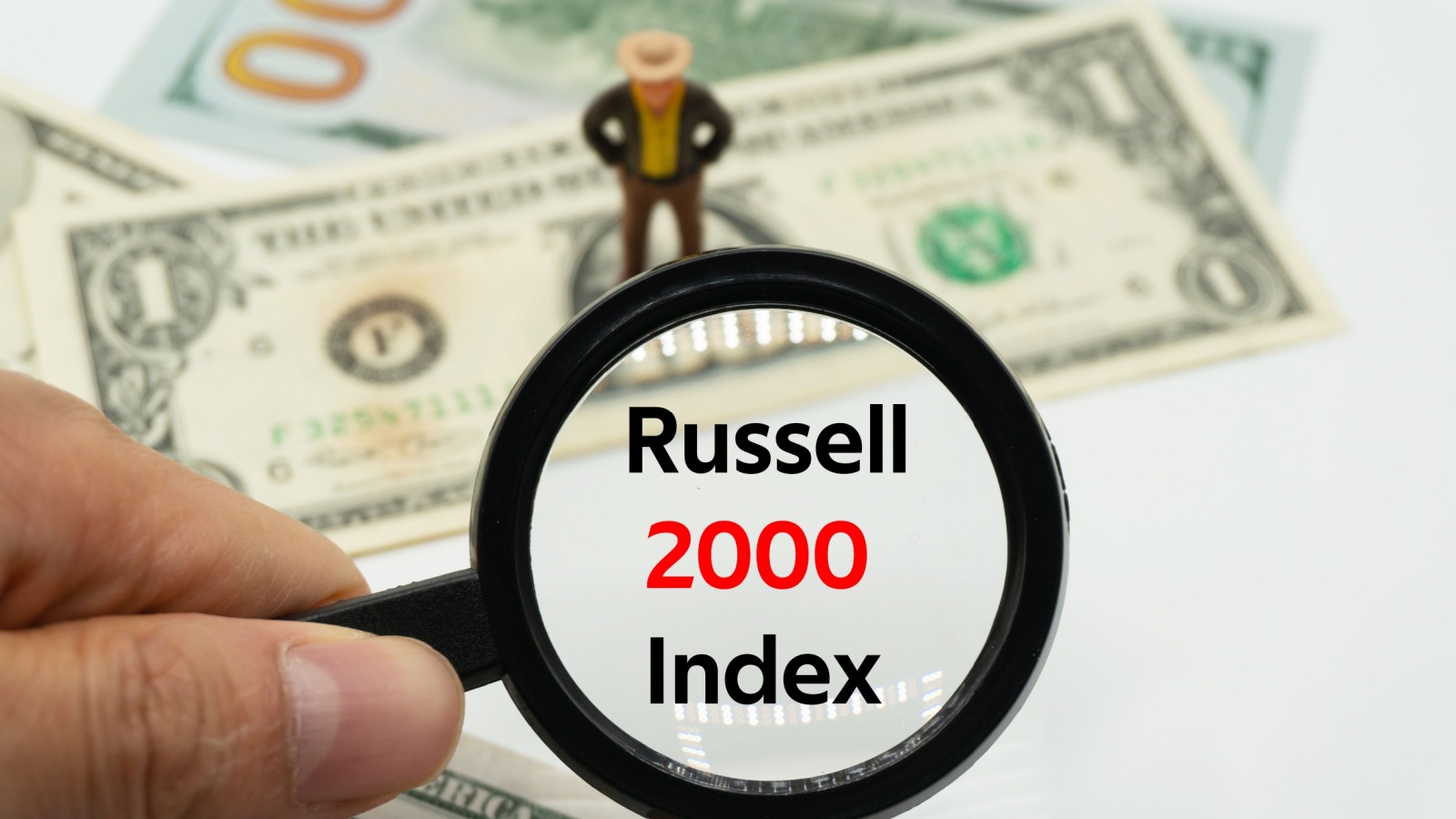
The stock market continues to question whether a large cap dominance — especially that from The Magnificent Seven — is indeed the best way to invest. While investing in large cap firms is undoubtedly a good strategy, there are plenty of top Russell 2000 stocks to buy. Enter the Russell 2000, 2000 small cap equities in the U.S. market.
Smaller companies have a greater potential to grow rapidly than do their larger counterparts. It’s easier to double revenue early on and becomes increasingly harder as time passes. Beyond that, many investors fear over concentration by investors among the largest equities. It follows then that such investors would logically consider all of the other firms that contribute to the economic engine of the United States. Lets evaluate the top Russell 2000 stocks to buy for ambitious investors.
ACM Research (ACMR)

ACM Research (NASDAQ:ACMR) sells wet cleaning equipment used in the manufacturing of integrated circuit semiconductors. The stock represents an excellent small-cap opportunity in the chip packaging sector that should not be overlooked.
Investors will better recognize the opportunity when they understand the company’s most recent preliminary results. ACM Research anticipates that revenues will fall between $150 million and $152 million in the first quarter of 2024. That will represent growth between 102% and 105%.
ACM Research is the fastest growing small cap chip stocks available. The company has seen its share price more than double over the past 12 months. Investors should also recognize that the chip packaging sector is expected to grow by double digits on a compounding annual basis between 2024 and 2029. Thus, ACMR represents a firm that has already hit its stride in a sector that should continue to grow. It is certainly one of the better small cap semiconductor plays available to investors at the moment.
BellRing Brands (BRBR)

BellRing Brands (NYSE:BRBR) is a fast growing beverage stock deserving of more attention. The company sells ready-to-drink protein shakes under the Premier brand along with protein powders under its Dymatize brand.
During the first quarter sales grew by 18.7%, reaching $430.4 million. One of the more encouraging aspects about the company is that its growth was almost exclusively driven by volume gains and not inflation.
The company also increased guidance upon releasing that earnings report. I find BellRing Brands particularly interesting because I’m continuously intrigued by fast-growing brands that hit on lifestyle trends. The protein market is expected to grow at a rate between 8% and 9% annually between 2023 and 2032. As consumers continue to avoid carbohydrates in preference of protein, companies like BellRing Brands have a real opportunity.
Investors have seen similar stocks including Celsius (NASDAQ:CELH) explode of late. It’ll be interesting to see if BellRing Brands can grow similarly.
Mind Medicine (MNMD)

Mind Medicine (NASDAQ:MNMD) is a psychedelic stock that continues to impress and inspire optimism among investors. Share prices have risen from $4 to $10 in 2024, and are expected to triple from current levels, which will no doubt attract some investors.
The company is poised for success in relation to the treatment of anxiety with LSD based therapeutics. The FDA granted breakthrough designation to Mind Medicine’s MM120 program for the treatment of generalized anxiety disorder (GAD). In trials, a single dose resulted in a substantial clinically relevant decrease in anxiety with a duration of 12 weeks.
The company intends to bring its LSD based treatment program to Phase 3 trials this year. It is clear that the pharmaceutical industry is growing rapidly accepting of alternative therapies that would have been considered outlandish years ago. Many companies are now leveraging the therapeutic benefits of drugs such as ketamine and LSD in the treatment of mental health disorders. It is truly the dawning of a new age in that regard, and Mind Medicine may very well emerge as one of the strongest stocks therefrom.
On the date of publication, Alex Sirois did not have (either directly or indirectly) any positions in the securities mentioned in this article. The opinions expressed in this article are those of the writer, subject to the InvestorPlace.com Publishing Guidelines.






